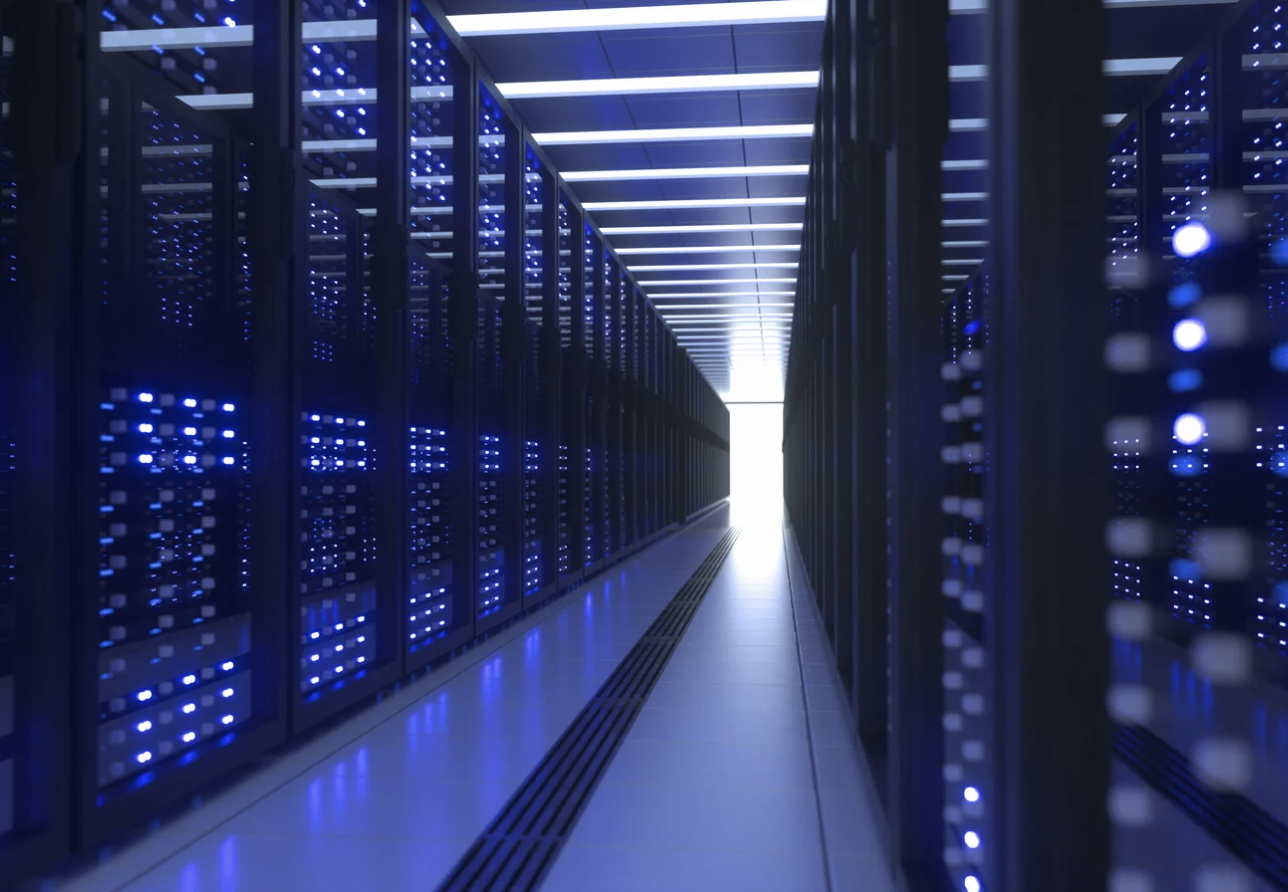
At a time when the circular economy is emerging as an essential model for meeting the environmental and economic challenges of the 21st century, blockchain technology is emerging as a promising tool for accelerating its deployment. By offering innovative solutions for resource traceability and transparency, this technology could well revolutionize the way we produce, consume and recycle.
Circular economy principles and traceability issues
The circular economy aims to decouple economic growth from the depletion of natural resources, by closing material and energy cycles. In practical terms, this means optimizing the use of resources, reducing waste, and reusing, repairing and recycling products at the end of their life.
But for this model to work, it is essential to be able to track and trace material and product flows throughout their life cycle. This is where blockchain technology can add real value.
Blockchain, a distributed trust technology
Blockchain is a technology for storing and transmitting information, operating without a central control body. It creates a distributed, tamper-proof register, accessible to all network players.
In concrete terms, each transaction or exchange of information is recorded in a « block », which is then validated by network members before being added to the existing chain. Once validated, information becomes immutable and traceable.
This technology offers unique guarantees in terms of security, transparency and traceability of exchanges, without the need for a centralized trusted intermediary.
Blockchain applications in the circular economy
Blockchain opens up numerous prospects for improving the traceability and transparency of resources in a circular economy. Here are a few concrete applications:
-
Traceability of raw materials and products
Blockchain makes it possible to accurately track the origin and journey of raw materials and products throughout the value chain. Each stage (extraction, processing, transport, use, recycling) can be immutably recorded and verified by all parties involved.
This enhanced traceability offers many advantages:
– Fighting fraud and counterfeiting
– Guaranteed origin and quality of materials
– Optimizing logistics and reducing losses
– Facilitating end-of-life recycling
Example: Startup Everledger uses blockchain to trace diamonds from the place of extraction to the end consumer. Each stone is registered with its unique characteristics, helping to combat fraud and guarantee ethical mining.


-
Digital product passports
Blockchain makes it possible to create digital « product passports », containing all the information on a product’s composition, manufacture and use. These passports, accessible via a simple QR code, greatly facilitate repair, reuse and recycling at the end of life.
Advantages :
– Better consumer information
– Easier sorting and recycling
– Encouraging eco-design
– The fight against programmed obsolescence
Example: The European DigiPrime project aims to create a blockchain-based digital ecosystem to facilitate the exchange of information on products and materials between players in the circular economy.
-
Secondary raw materials markets
The blockchain can be used to support decentralized marketplaces for the exchange of secondary raw materials from recycling. These platforms put suppliers and customers in direct contact, while guaranteeing the traceability and quality of the materials exchanged.
Advantages :
– Optimizing material flows
– Lower transaction costs
– Creating new outlets for recycled materials
– Stimulating innovation in recycling
Example: The Excess Materials Exchange platform uses blockchain to create a virtual marketplace for industrial waste and by-products, facilitating their reuse and recovery.


-
Setpoint and reward systems
Blockchain can be used to support innovative deposit systems, rewarding virtuous consumer behavior (sorting, returning packaging, etc.) via digital tokens.
Advantages :
– Encouraging sorting and recycling
– Traceability of waste flows
– Creation of new sources of revenue for consumers
– Optimizing reverse logistics
Example: startup RecycleToCoin offers a blockchain-based reward system to encourage the recycling of plastic bottles. Users earn digital tokens in exchange for their waste, redeemable for vouchers.
-
Certification and environmental labels
Blockchain can be used to transparently and verifiably certify environmental labels and certifications. Each stage of the certification process is immutably recorded, enabling consumers to easily verify the authenticity of the labels.
Advantages :
– Strengthening confidence in labels
– The fight against greenwashing
– Promoting virtuous business approaches
– Decision support for consumers
Example: startup VeChain uses blockchain to certify the authenticity of luxury products, but also to trace their environmental impact throughout their life cycle.
Challenges and limits of blockchain for the circular economy
While blockchain offers promising prospects for the circular economy, its large-scale deployment still faces several challenges:
-
Energy consumption
Some blockchains, such as Bitcoin, are very energy-intensive due to their consensus (proof-of-work) mechanism. More ecological solutions exist (proof of stake), but their adoption has yet to become widespread.
-
Interoperability
To be fully effective, blockchain solutions must be able to communicate with each other and interface with existing systems. Standardization efforts are needed to guarantee this interoperability.
-
Governance and regulation
The decentralized nature of blockchain raises questions in terms of governance and regulation. Who controls the data? How do you deal with errors and fraud? Appropriate legal frameworks need to be developed.
-
Adoption by players
Deploying blockchain solutions requires widespread adoption by all players in the value chain. Awareness-raising and training will be needed to overcome cultural and technical obstacles.
-
Personal data protection
The enhanced traceability enabled by blockchain raises questions in terms of consumer privacy. Technical solutions (zero-knowledge proof) exist but need to be generalized.
Future prospects
Despite these challenges, blockchain appears to be a promising tool for accelerating the transition to a circular economy. By offering unique guarantees in terms of traceability and transparency, it creates the trust needed between players to efficiently close material and energy cycles.
In the future, we can imagine an « internet of circular resources », where every product and every material would be traced in real time via the blockchain, from extraction to recycling. Consumers could scan any object to find out its origin, composition and available repair or recycling options.
This system would drastically optimize the use of resources, facilitating large-scale reuse, repair and recycling. It would also pave the way for new circular economic models, based on use rather than ownership.
But for this vision to become a reality, several challenges must be met:
– Developing greener, more scalable blockchain solutions
– Ensuring interoperability between different platforms
– Establish appropriate governance and regulatory frameworks
– Training and raising awareness of circular economy and blockchain issues among all stakeholders.
– Striking the right balance between traceability and privacy protection
Discover CircularPlace, the platform dedicated to the reuse of non-food equipment!
#Blockchain #CircularEconomy #Traceability #WeAreCircular
Read also
Questions about CircularPlace?



